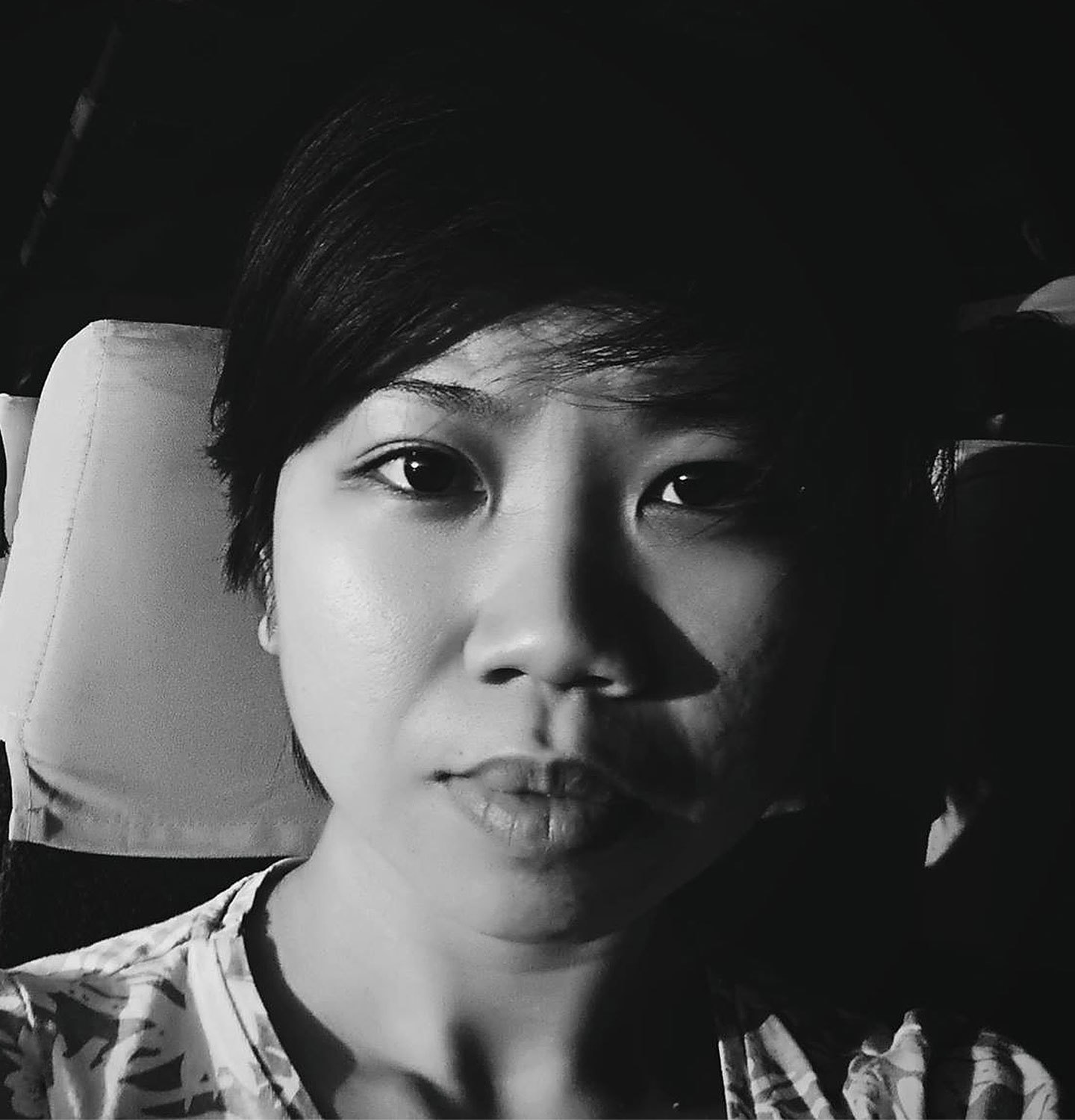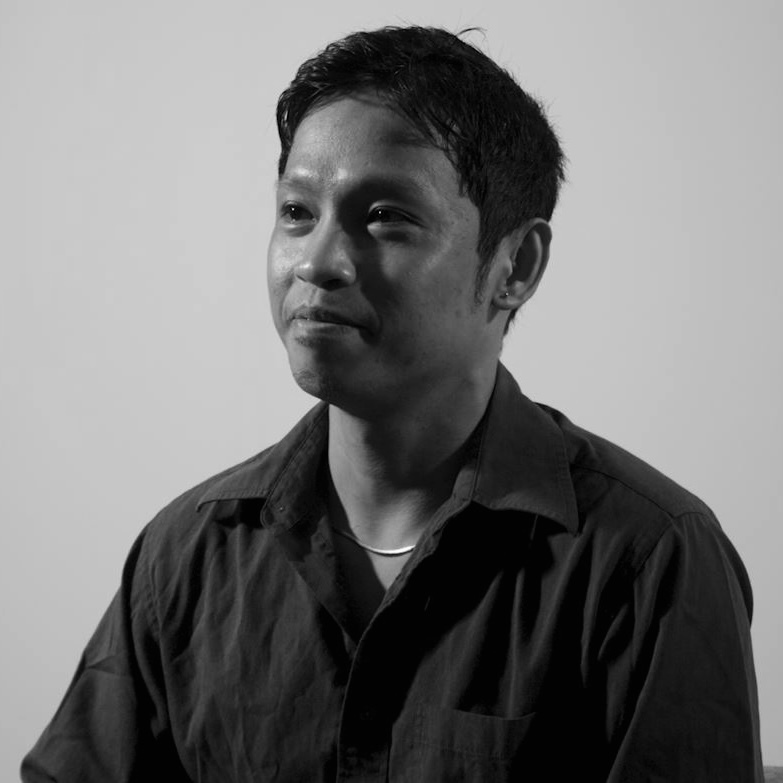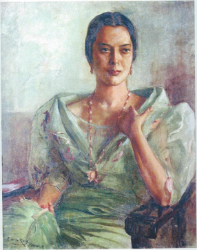Across Areté’s Ignacio B Gimenez Amphitheater’s open greenspace, Mebuyan’s Colony lays sprawled across a colossal 25 meters. Although seemingly benign against the backdrop of tall lush green trees, the structure looms larger upon inspection, standing at 7 meters on stilts with interconnected spheres the size of people. Installed in February 2022, the work is by contemporary artist and designer Leeroy New, whose creative interests in design, performance, and architecture prove evident in the work’s drama as a large-scale interactive structure or “spatial construction.” Its subject is Mebuyan, the Bagobo goddess of fertility and death, tasked with nursing infant souls into maturity for their journey into the afterlife.
If not for its openness and bareness, Mebuyan’s Colony would be utterly terrifying: gigantic, alien-like, and abstract. It is irregular in shape, with pods and walkways held up by stilts, offering visitors passage through and around its tracks and crevices. The work’s components are sturdily draped and supported by local bamboo material, allowing sunlight and air—and in some occasions, rain—to pour in. Also present is the use of discarded and reused plastic materials, specifically bottles, arranged into translucent roofs. But what makes Mebuyan’s Colony most welcoming is the vibrant flora and vegetation wrapped around, placed in pots, and littered across the structure.
The form evokes Mebuyan’s body, known commonly for its multitude of breasts. Such was intended to serve the work’s form and function: on one hand, emulating the deity’s figure, and on the other, harnessing her productive qualities as nurturer. The work then does not solely imbue artistic but civic interests, such as by facilitating community harvests. With this, New created Mebuyan’s Colony as a space where nature, nourishment, and interaction come together. This experience was made possible by agriculturalist Jose Felix and groups such as Oh Crop!, Ramgo Seeds, and Farm Ready—the specialists behind the complex ecosystem flourishing in Mebuyan’s Colony. Ultimately, such elements form an artwork that is collaborative from its design process to its presentation—a quality found in New’s other cross-medium and interdisciplinary works.
Nevertheless, the conception of Mebuyan’s Colony is deeply rooted in New’s fascination with precolonial mythology, horror, fantasy, and science fiction. This shines in all of New’s style, which is pointedly uncanny and grotesque, with a reconstructed and postcolonial quality to its configuration. For instance, New’s short film Luksong Tinik interprets a children’s Filipino game into a visceral, cinematic experience of realm travel. Mebuyan’s Colony is one such work that absorbs the peculiarities of fiction turned reality, which New attributes as “a confluence of my different interests.”
Constructed amidst the COVID-19 pandemic, Mebuyan’s Colony is further underpinned by several national issues such as health, environment, and food security. Such context is apt when considering that New’s works come in various mediums, such as costumes or “wearables,” and structures or “spaces.” The latter draws attention to how New’s works are conscious of its own occupation, inhibiting and reinventing spaces in time and of existentialism. In this case, Mebuyan’s Colony classifies under one of New’s “spaces” as a site-specific installation of art, one that adds to a global tradition of three-dimensional works dedicated to deities of fertility. But deviating from such traditional sculptures, as well as New’s own background in sculpting, Mebuyan’s Colony deconstructs its namesake into a space for new life through architecture and agriculture. This posits a multidimensional quality to New’s work as progressive, contemporary, and inherently whimsical, all while critically responding to its context.
Given this, Mebuyan’s Colony may be interpreted as an artifact belonging to the monstrous feminine, as reference to countless other entities in mythology depicted as ancient, strange, and mother, such as Gaia the female progenitor. More particularly, when viewing the artwork and its relation to space, time, and society, the monstrous feminine is a necessary archetype to situate Mebuyan’s Colony beyond the thresholds of art and science, and onto both the fictional and existential consciousness of our contemporary, thus, embracing the ominous nature of the unknown, other, and female, while equally relishing in her healing and comfort amidst strife.
This much stays true in comparison to works such as Roberto Feleo’s Vitrina, Meybuyan 1 in Vargas Museum, which depicts Mebuyan as womanly. Feleo’s subversion is opposite New’s, stripping Mebuyan of her known qualities such as her breasts, as if to portray her more in essence than in form. In comparison, Mebuyan’s Colony enlarges and repurposes the monstrous feminine—both in monstrosity and in femininity—over euphemizing her. Whereas New’s Mebuyan’s Vessel in La Union is yet another homage to the underworld deity, albeit located in his preferred site outside the metropole. When questioned about his large-scale projects outside of Manila, the General Santos-born artist posits the need to bridge the gap between galleries and the rest of the Philippines. And yet, New deviates from this ethos by placing Mebuyan’s Colony within one of the most prestigious institutions in the country. This speaks to New’s interplay of urban and rural, science and art, agriculture and technology—binaries that are, critically, absorbed by the immemorial figure of the mother, whose right to birthood and death deem her the harbinger of, respectively, possibility and risk. By displacing Mebuyan from the provincial, and dislocating her colony into a place and time not her own—such dichotomous relationships give rise to the art’s figuration, and the representations of the monstrous feminine, as omnipresent.
The monstrous feminine goes beyond subverting the concepts plaguing art and conversations of art. The intention was to displace and appropriate Mebuyan as an archaical figure of nature—but more so, to introduce art that reaches deep into the historical psyche as well as the volatile contemporary, merging spaces where all tensions cease in the name of communal life-giving.
That is, if a deity were to exist in our day and age—ridden with issues of health, security, and peace—it ought to be Mebuyan and the scale and monstrosity that is New’s Colony, if not to nurture us as her fosters, then to lend a reality where we might learn how to venture into the afterlife of a pandemic.







